AFLW
Crunch! And then came the pain…
I was one of those kids who, before the age when you were allowed to start something, wanted to already be doing it.
I tried every sport under the sun. When I was four I did golf lessons, at five it was marching band. Netball, athletics, surf lifesaving; I gave everything a go. Dad had been a good hockey player and Mum was a netballer who even when I was little was making Queensland indoor teams, but neither of them really had the chance when they were younger to participate in as much sport as they would have liked.
As parents, they wanted me to have every possible opportunity. You weren’t allowed to play organised sport until you were six, but I wouldn’t let up and Mum convinced our local soccer club on the Gold Coast to take me when I was still only five.
Straightaway I loved the team element, just having fun with your mates. I was always more of a team sport person who preferred soccer over athletics because of that. There was me and another girl in a team full of boys, and we played in a competition that was pretty much only boys. It felt like us two against everyone else, which was really cool.
At the age of about 10, I made my first under 12s South Coast regional team, then I started playing rep soccer – Gold Coast v Brisbane or the Sunshine Coast. That was when I moved away from playing with and against boys. I think it was just my outlet, my release. It always just felt easy to me, carefree.
Someone told me once that I’ve got the brain to play sport, and I guess soccer was the way I could release my smarts. I felt comfortable and confident in that environment.
Once I started playing, I followed Arsenal. Dad was a very big Tottenham fan, so we had a huge rivalry in the house. Arsenal was absolutely killing it at that time, but that had nothing to do with me choosing the Gunners. I loved the colour red, and that’s why I picked all the teams I barrack for – Newcastle Knights, Sydney Swans, Arsenal. I just got lucky that they were all good at the time as well.

ALL SOCCERED OUT
At around 15, my regional coach put me on to the possibility of playing at college level overseas. In my last year of high school I made the Australian Schoolgirls team, and the following January and February we travelled to Brazil and Argentina.
We played against a Boca Juniors boys team – we were 17 and 18 and played against their 14 and 15-year-olds. We played against some club girls teams as well, a few friendly matches against Brazil and Argentina sides. We were competitive in every match.
Jenna McCormick who plays for Adelaide in the AFLW was in that team, as well as Emily Condon who plays at Adelaide United. There were a couple who have gone cross-code, like Lauren Brown who’s now a rugby sevens player.
I guess I felt like I was on a pathway to play for Australia, and I had a scholarship lined up to play soccer and study health and physical education at Lindsey Wilson College in Kentucky. I spent 18 months over there and it was just full-on soccer. Your college sport is your number one priority, and your other study is secondary.
A lot of the girls I played with have gone on to be college coaches, a couple play professionally in places like Norway and Sweden. Girls either stay in the States and play professionally there, or they end up in Europe. The majority of them make a career out of the game.
Someone told me once that I’ve got the brain to play sport, and I guess soccer was the way I could release my smarts.
I loved the experience and would definitely tell anyone who has the chance to give it a go, but that time was when I lost my love for soccer. I had a four-year scholarship, but I came back after 18 months because teaching wasn’t the priority in what I was doing. I wanted to be set for my career, and realised it wasn’t going to be in soccer. I’d been doing it since I was five, it was just too much.
The system over there, you’ve got to live, breathe and be engaged in it 24/7. A typical day you’d have morning training from 6-8 am, then classes until 3 pm, then more training 4-6 pm with extras after that. That was every day.
You either really loved it, or you ended up like me – a bit burnt out and over it. I was probably slowly falling out of love with soccer from about Year 12 without really noticing, but when you’re put in such an all-consuming environment you realise very quickly what your level of passion for it is.
As a soccer player I was unfit, but I used my brain to manipulate what I needed to do. I pretty much played every position under the sun and was competitive in all of them, but because I was lazy I’d play centre back when I should have been a central midfielder. I could read the play really well and had the technical ability, just not the fitness. I was never overweight, but being in an elite sport environment now, I know I was never fit enough.

THEY WANT ME? REALLY?
I was back home studying at the Queensland University of Technology when my best friend suggested I give footy a go. I didn’t listen to her for a while, but a couple of weeks before the season started I went down to my local club on the coast, Coolangatta-Tweed Heads, and had a run.
I hadn’t played any competitive sport since I’d come back from America, and I cramped up in the first session. I thought, ‘Right, I need to do something. I can’t be one of those people who can’t run 2 Ks.’ But I loved it too, I knew I was staying.
I’d never played footy competitively, but I just loved the camaraderie. As a girl, that element was something that drew me to soccer, but this was on another level. I had two best mates after one training session, whereas I pretty much hadn’t kept in touch with a lot of my soccer mates who I’d played with for years. That struck me.
I loved the challenge of learning something new, that got to me. I was missing targets and thinking, ‘I really want to get this’. I wasn’t used to not being good at something. My kicking for sure needed improving. Even in my first season at the Brisbane Lions, I look back and think, ‘Oooh, that wasn’t good’.
I played about 15 games for Cooly in my first season and we won the premiership. I nominated for the first AFLW draft because I was told they keep your nomination for a couple of years and I thought I might be a chance somewhere down the track.
I was slowly falling out of love with soccer without really noticing.
The Lions had a trial day which I missed because I was on holidays in Thailand with some of my best mates from Cooly, not eating the best food, not being in the best shape. We got back on the Friday and their second trial was the next day. I was pretty jetlagged. I got a phone call before the draft, asking questions like, ‘Would you consider playing for Brisbane?’
I had no clue what was going on. I was on placement at school on draft day, sitting in a parent-teacher interview. I finished the interviews and my phone had just blown up. Sitting in 15 parent-teacher interviews can be quite tedious, but that turned my day around.
Funnily enough, I ended up getting a full-time job at that school, Southport State High on the Gold Coast. It was definitely worth missing the draft for.
‘Welcome TO AFLW’
My very first contest in AFLW is something I’ll never forget, because for a few scary minutes I thought it might be my last.
I’d been lucky in my first QAFL season to get through without taking any really big hits.
Making the step up to AFLW, that changed within seconds. I remember running over the ball against Melbourne and knowing I’d gone too far, thinking, ‘I’ve got to go back and get this’.
I got back over the ball and the crunch came. Then there was pain.
I remember it was definitely an accident, it wasn’t malicious. But I’m only small, in every way – height, muscles, everything. Richelle ‘Rocky’ Cranston is a former gridiron player, a bit closer to key position size than me. I remember feeling sore and thinking, ‘All right, welcome to AFLW’.
My first thoughts were, ‘Oh no, that’s going to be my only moment in AFLW’. My shoulder and collarbone were really hurting. I went off the ground, the physios came over, and one of them said, ‘I think you’ve done your A/C joint. You can play on and we’ll give you a painkilling injection, or you can stop’. I just said, ‘Nup, I’m going back out there’.
She said, ‘OK, but we need to tape you up’.

By that stage my rotation was coming off, and I just jumped up and went back on before they had a chance to do anything. No tape, no painkillers. At quarter-time I went into the rooms and got the injection, got it taped up, came back out and played the rest of the game. That first quarter I was involved in a couple of tackles and it definitely hurt. I was getting up thinking, ‘Why am I doing this?’ But I didn’t want to let the team down.
Once I got the injection I couldn’t feel a thing. It definitely made my first game more special, because it cemented in my mind that I’d do anything do play, that this was something I wanted people to know about me: I’d do anything to be out there, trying to play my role for the team. We tried to use it as a bit of motivation as a team, and we got the win.
Afterwards it was sore, but I ended up getting up to play in Perth the next week, and I played every game for the season. For the first six rounds I had injections before every game. I wanted to make sure I was involved as much as I possibly could, and if that meant taking an injection to play, I’d do that.
It’s definitely given me the confidence to withstand any physical treatment in football. The approach I take in life is that I don’t want anything to slow me down or knock me out. It was there in my soccer career – the Matildas didn’t open up, so I went overseas. When that didn’t work, I found a new sport.
As a teenager the Matildas was where I wanted to be, but now I look back and I just don’t think soccer was my sport, I was never fully in love with it. It took me until I was 21, but I found the sport that I’m 100 per cent in love with.
More about: Brisbane Lions | Matildas
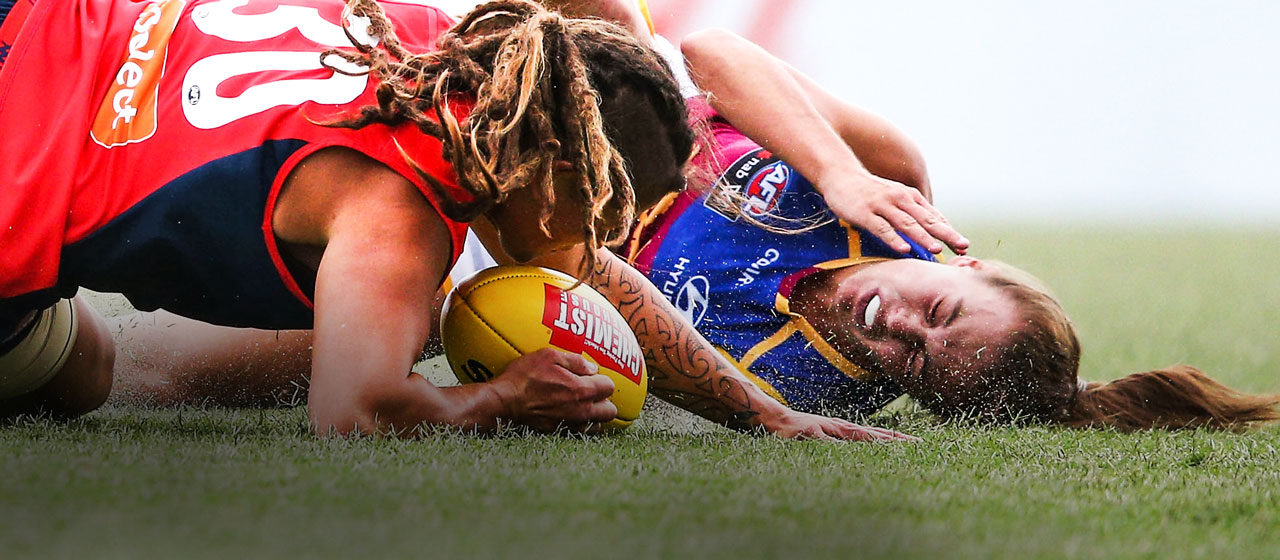
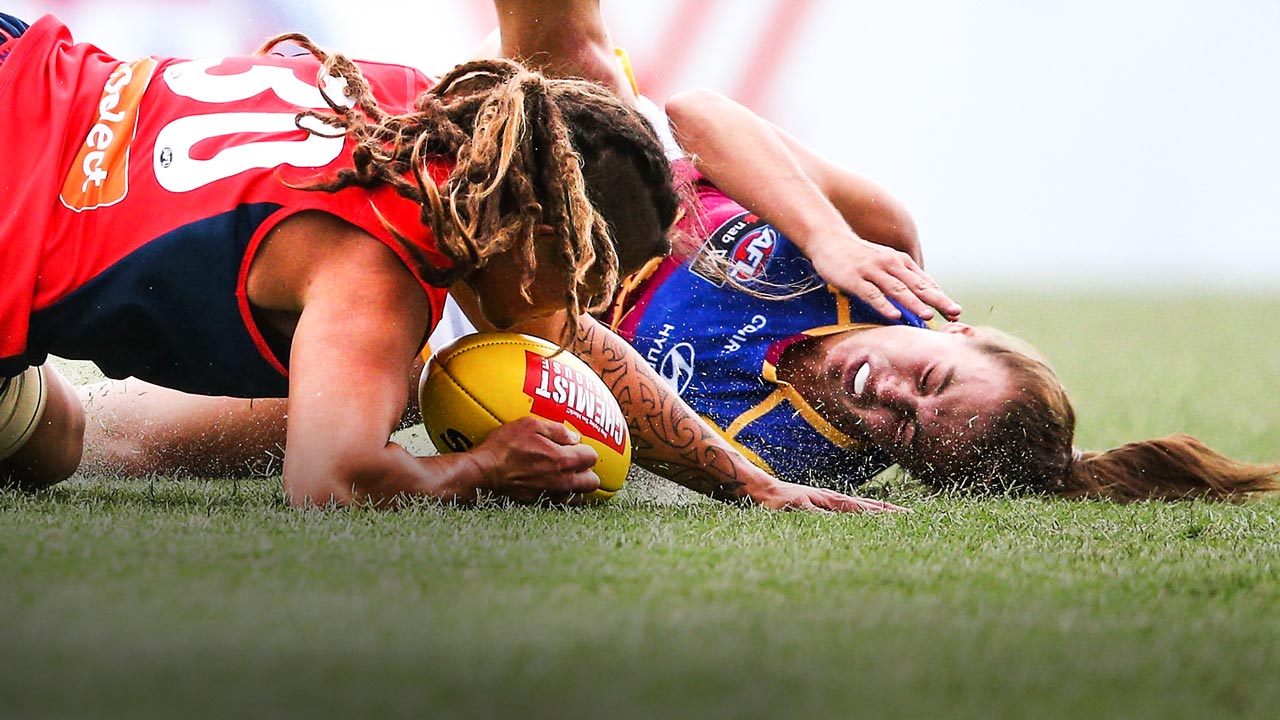
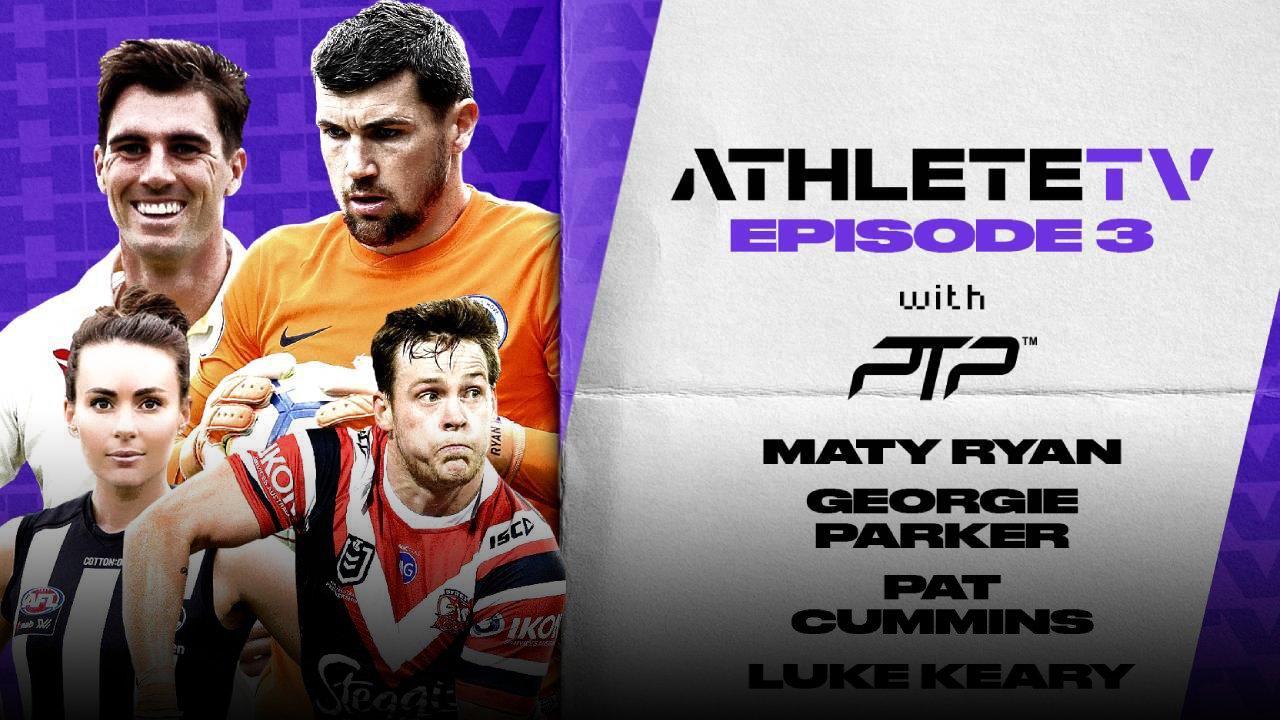
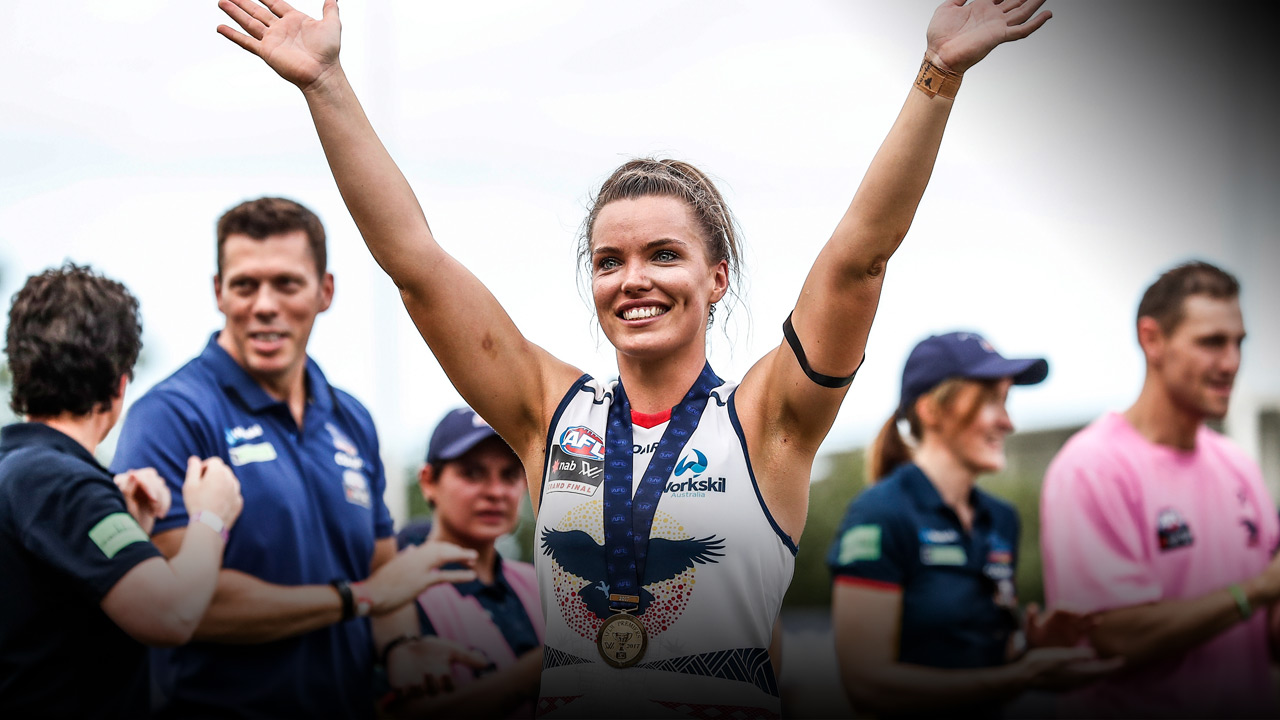
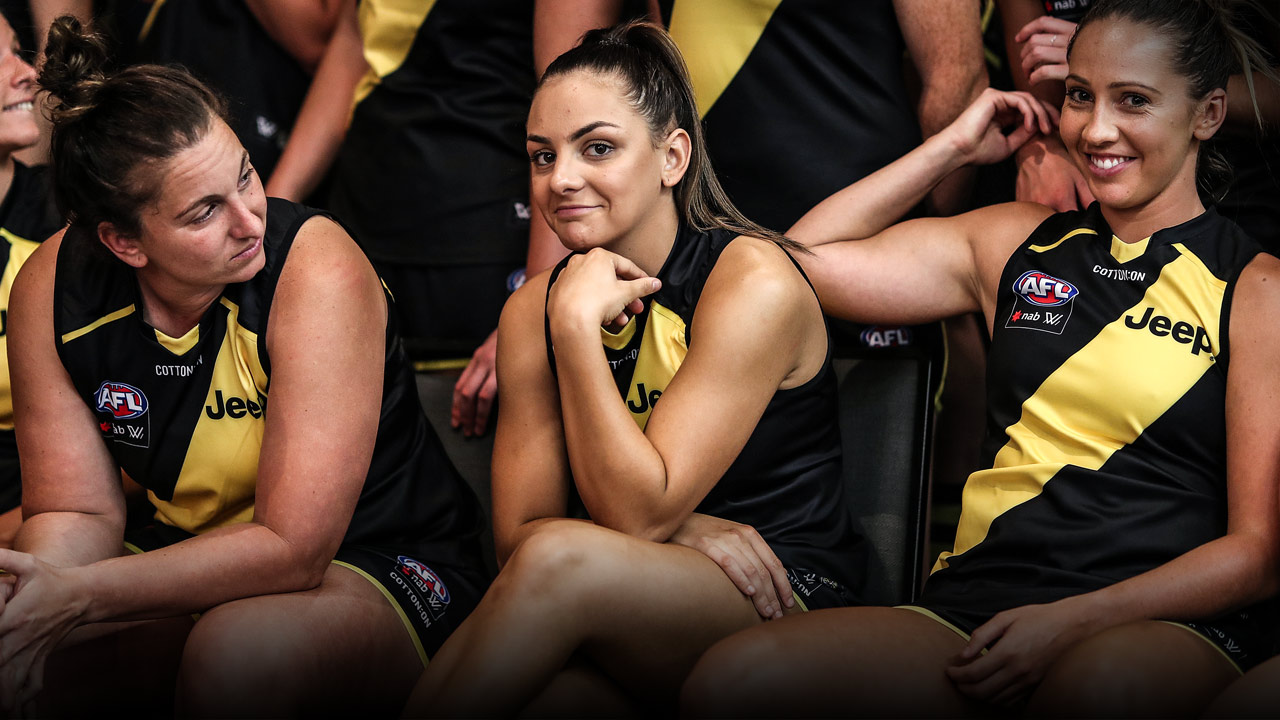
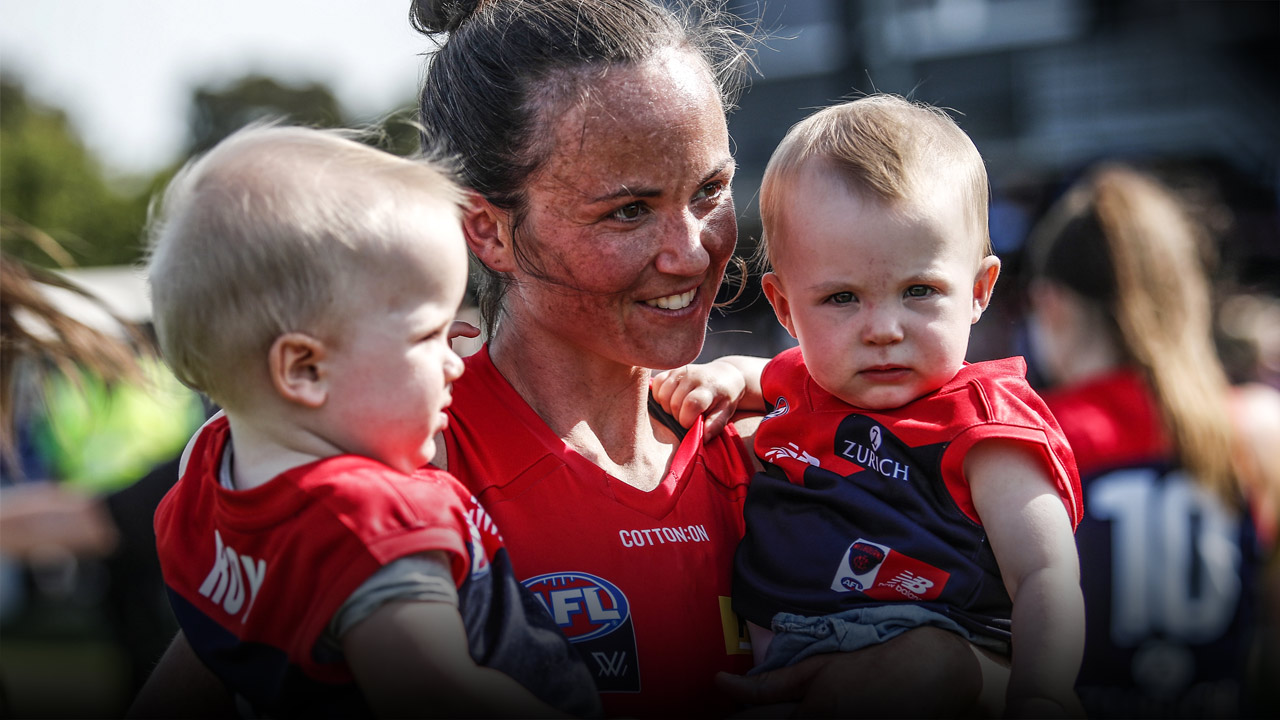
 Load More
Load More